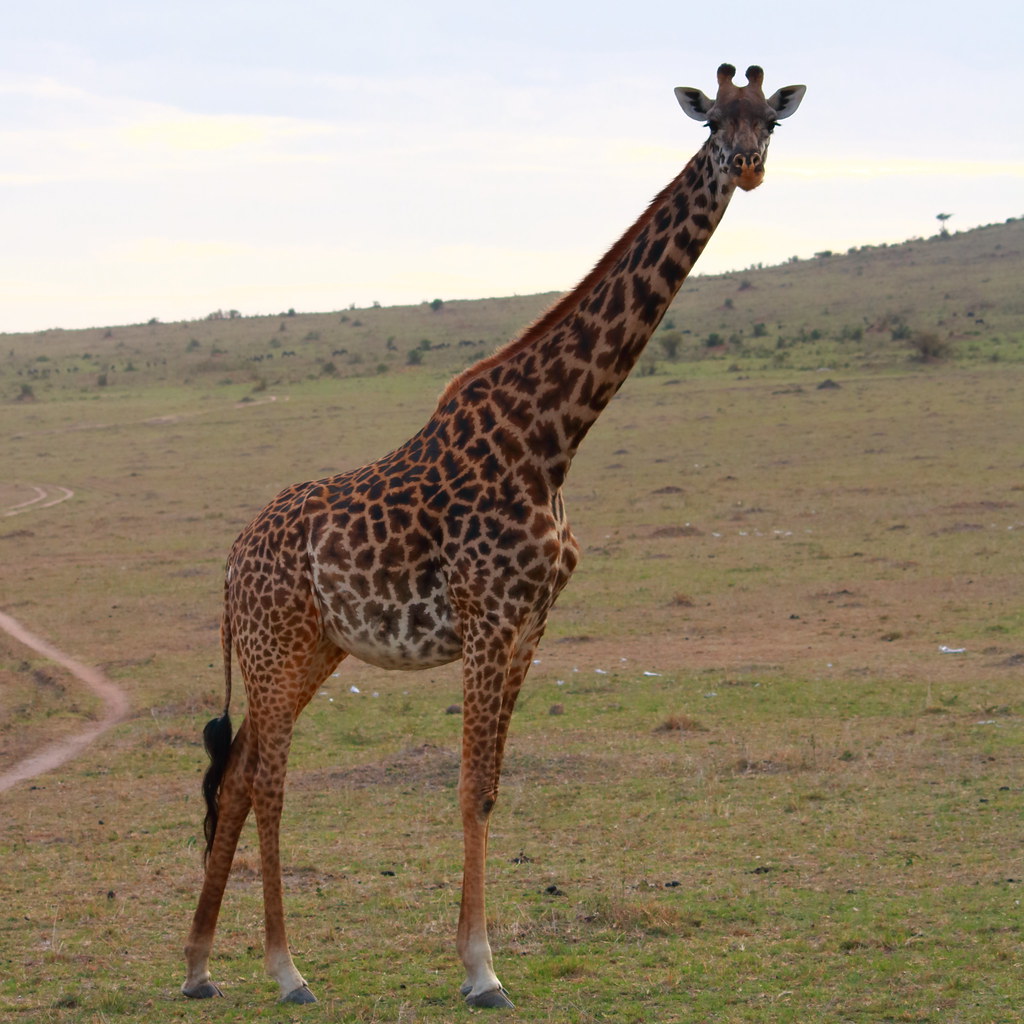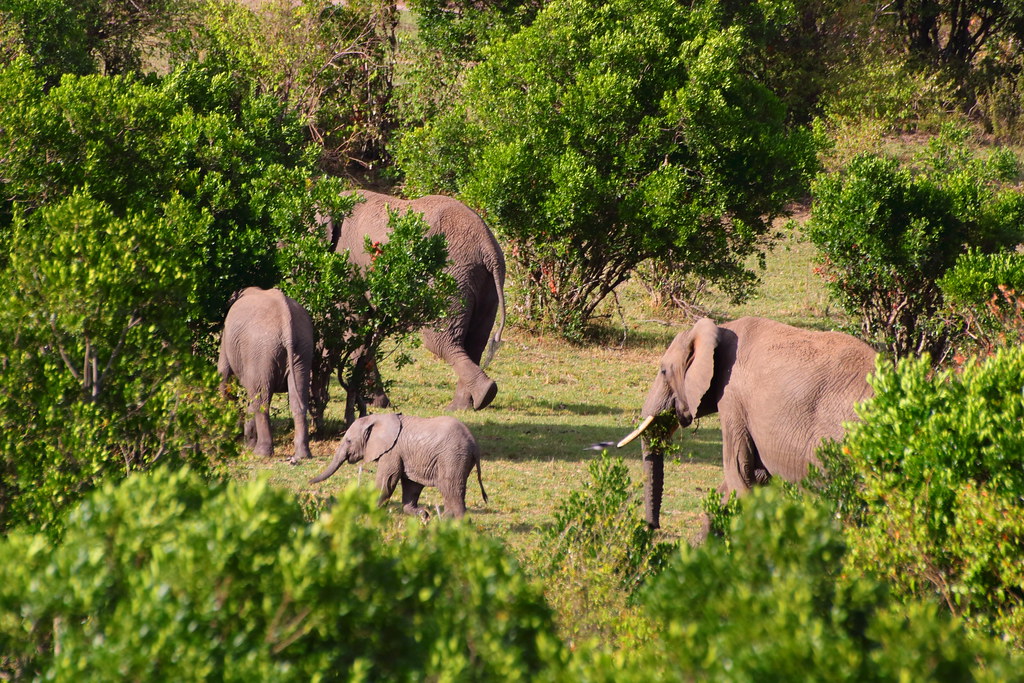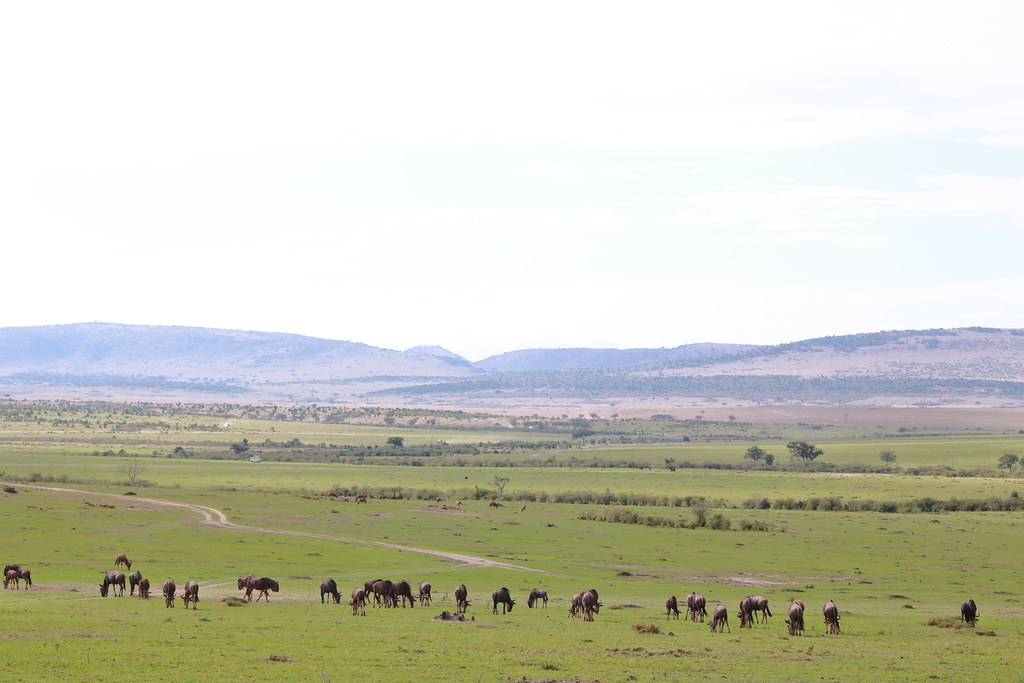A vacation happened, to Kenya. And am sitting here writing about it. After a lot of scuppered vacation plans – thrice to the same destination, costing me Rs. 50000, once to a local one costing Rs. 6600, and one halfway aborted trip which didn’t cost anything in money – this came as a major relief.
When it comes to vacations I worry about a lot of things – all that documentation that needs to be carried to either get a visa or arrange a visa (if you’re going to a Schengen country it becomes even worse – you need to submit your documents just a week before the trip and expect the passport to arrive in time!), all the bookings that need to be done before the trip – flights, hotels, about things being OK at home – no one falling sick at the last minute, about your not falling sick – which was a sore point this trip, international issues – Trump and North Korea threatening each other wasn’t helping.
In this case the visa was easier, we opted to go the eVisa way and save carrying some cash. We had to get Yellow Fever shots and Polio drops, and this was done 3 weeks before the trip. Never mind that absolutely no one was interested in seeing them when getting back to India. The accommodation and vehicle were arranged stress free, but with a lot of emailing. Some money needed to be wired and that took some time and stress, but it was done. More people should use PayPal!
I started the week before the trip with some mild stomach irritation. A visit to a nearby elderly doctor and it was supposedly an infection, and I was on antibiotics for a couple of days. Once I realised that they were not working, I dropped by my Mother’s more expensive doctor. He raised an eyebrow at the antibiotics, said it was a case of dyspepsia, or just bad indigestion, asked me to watch what I eat, and prescribed some meds. This came less than 2 days before I was to be off.
How does one manage indigestion in a foreign country, that too when one is a vegetarian? Surprisingly, things became ok pretty fast. The food turned out to be mild, and well done. The hotel for the night we arrived turned out to be owned by an Indian with an Indian restaurant at the top. Thankfully, no hunting for different food before you crash. In the lodges in the forests, the African vegetarian versions included some Maize cakes, called Ugali, with some “Kenyan Greens” which turned out to be our own Dantu soppu steamed with some onions and salt. Tasty as hell, and mild on the stomach too. Along with some carrots or “potatoes with herbs”. The main course was usually some Indian curry with some roti/chapathi and rice. Given that the guests were predominantly European/American, the food was done mildly and again, easy on the stomach.
The surprising thing, in fact a logical thing, was how they were getting their vegetables. Being hours away from a major city poses logistical problems. All these camps/lodges got around that by setting out a plot of land to grow their own vegetables. With the Masai nearby, cattle is aplenty and takes care of their dairy and meat needs.
So it was that after 5 days of a lot of fun, and the most amazing wildlife experience ever, we got back, and once back, the placated stomach started acting up all over again. Be thankful for small mercies I guess.
Will post stories and pictures next post.

 Continue reading “Birds of Kenya (Maasai Mara stories – 6)”
Continue reading “Birds of Kenya (Maasai Mara stories – 6)” 






